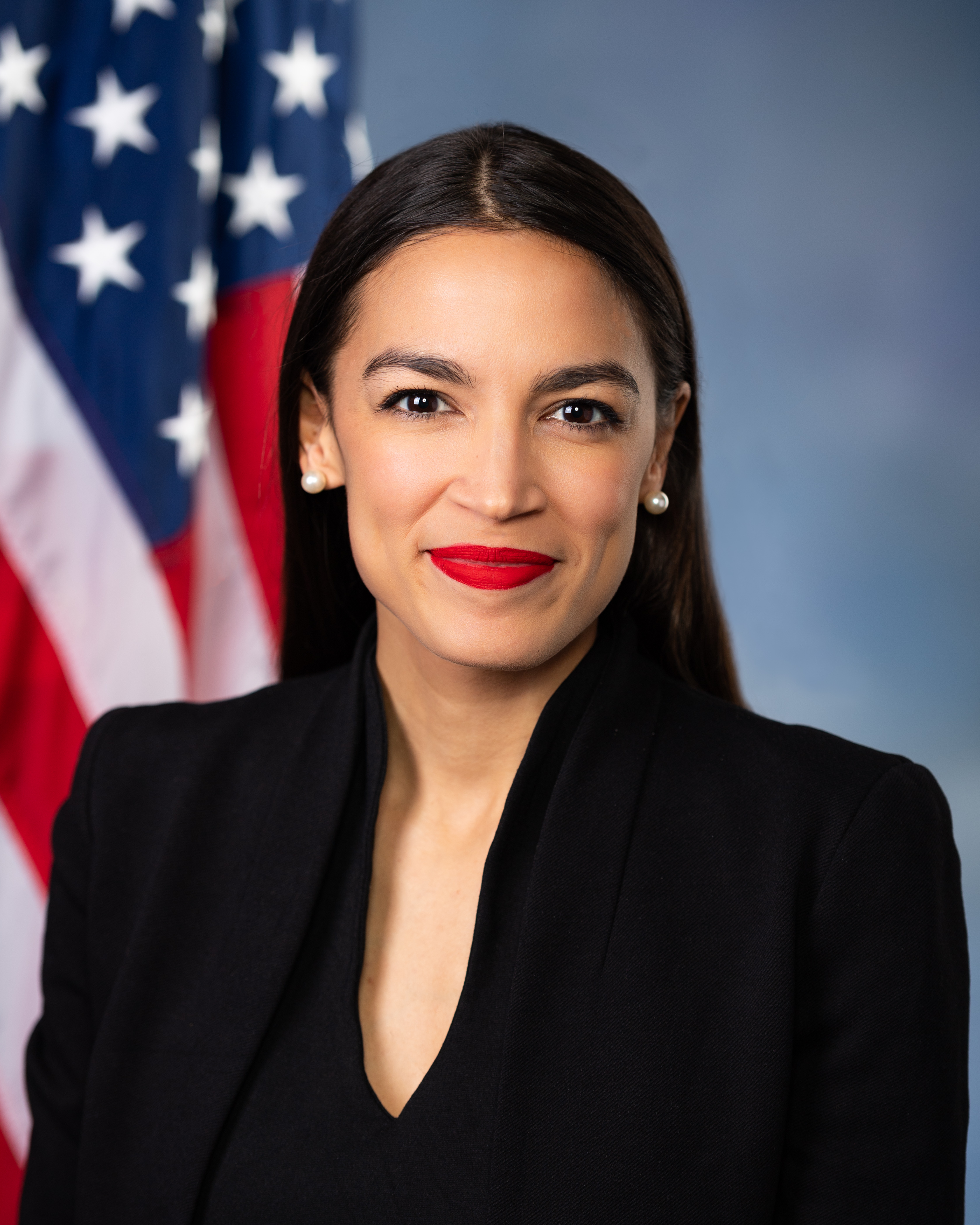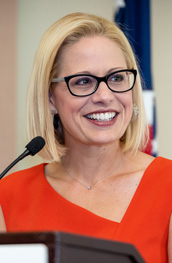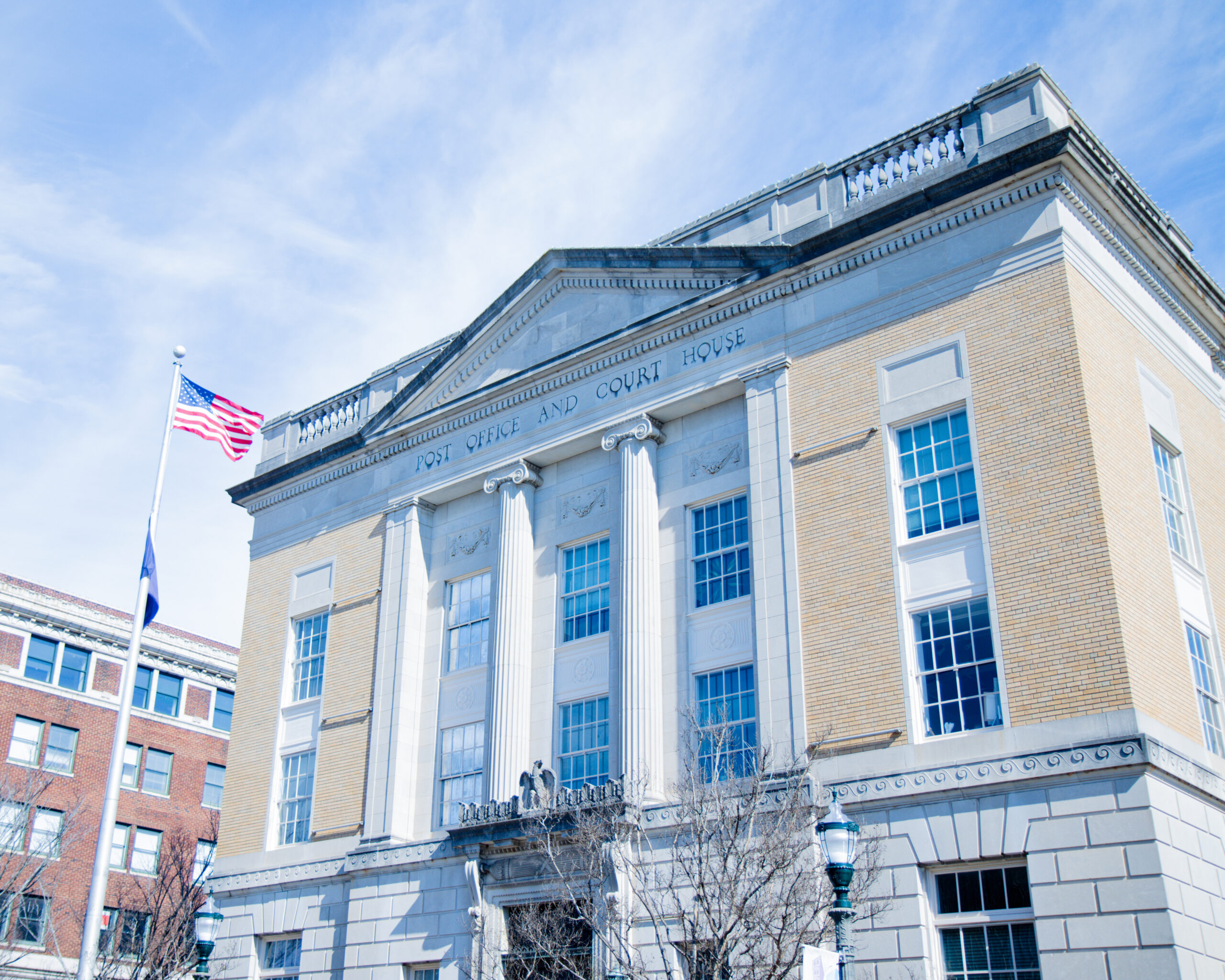Americans are seeing more representation than ever before with the newly sworn-in members of Congress.

The 116th elected Congress was sworn in on Jan. 3, 2019. Following this election, Americans are now seeing a more diverse set of faces in the Senate and House in terms of age, race, gender, sexuality and more. Candidates like Rep. Alexandria Ocasio-Cortez of New York, a millennial woman of color, made waves throughout America during the election in November. Many say Ocasio-Cortez’s election could be a signifier of bigger changes coming in future elections.
Some Winthrop students said they are encouraged by the impact that diversity in Congress could have. Ta’Naza Ford, a sophomore accounting major, said having more representation in Congress means that issues can be properly dealt with.
“Now that you have your race in there, that person can actually fight for what we go through. Same with gender, because we do have gender discrimination, so now that there are more women in the office, they can actually speak on what women’s issues, where men really can’t,” Ford said.
Of the 127 women in this Congress, 47 are women of color, according to the Center for American Women and Politics. This number is an increase from the 115th Congress, which had 104 women and 38 women of color.
Moves in diversity have also been made with regards to sexuality and religion. The first Muslim women were elected to the House, Ilhan Omar from Minnesota and Rashida Talib from Michigan, and the first openly bisexual woman was sworn into the Senate, Krysten Sinema from Arizona.
Winthrop Professor of Political Science John Holder said group representation in the federal government has an impact on the policies made.
“States with higher percentages of women in their legislatures tend to pay more attention to issues of education and health. Why? Because when a large number of state senators have experience going to the parent-teacher conferences and taking their kids to the doctor—which usually means Mom—the legislature as a group is more aware of those issues and more willing to do something about them. The same is true of racial diversity and civil rights issues,” Holder said.
Representation also matters to getting more citizens active in elections and politics. Holder used Barack Obama, Hillary Clinton and Ocasio-Cortez as examples of minority mobilizers.
“People are more likely to have faith in the system of government and politics, and are therefore more likely to participate by voting and otherwise being involved, if someone they can relate to runs and gets elected. Usually, that’s someone who looks like them or otherwise shares their characteristics,” Holder said.
Winthrop students, who were very active in the November 2018 midterm election, are continuing to keep their heads high in hopes for more representation in their own districts in coming elections.
“Just like everyone went out and voted last time, breaking records, we gotta keep doing that,” Ford said.
Jeremiah Jones, a junior biology major, said that there is a better chance of productivity in politics with better representation and diversity.
“We can finally start getting stuff done.” Jones said.





